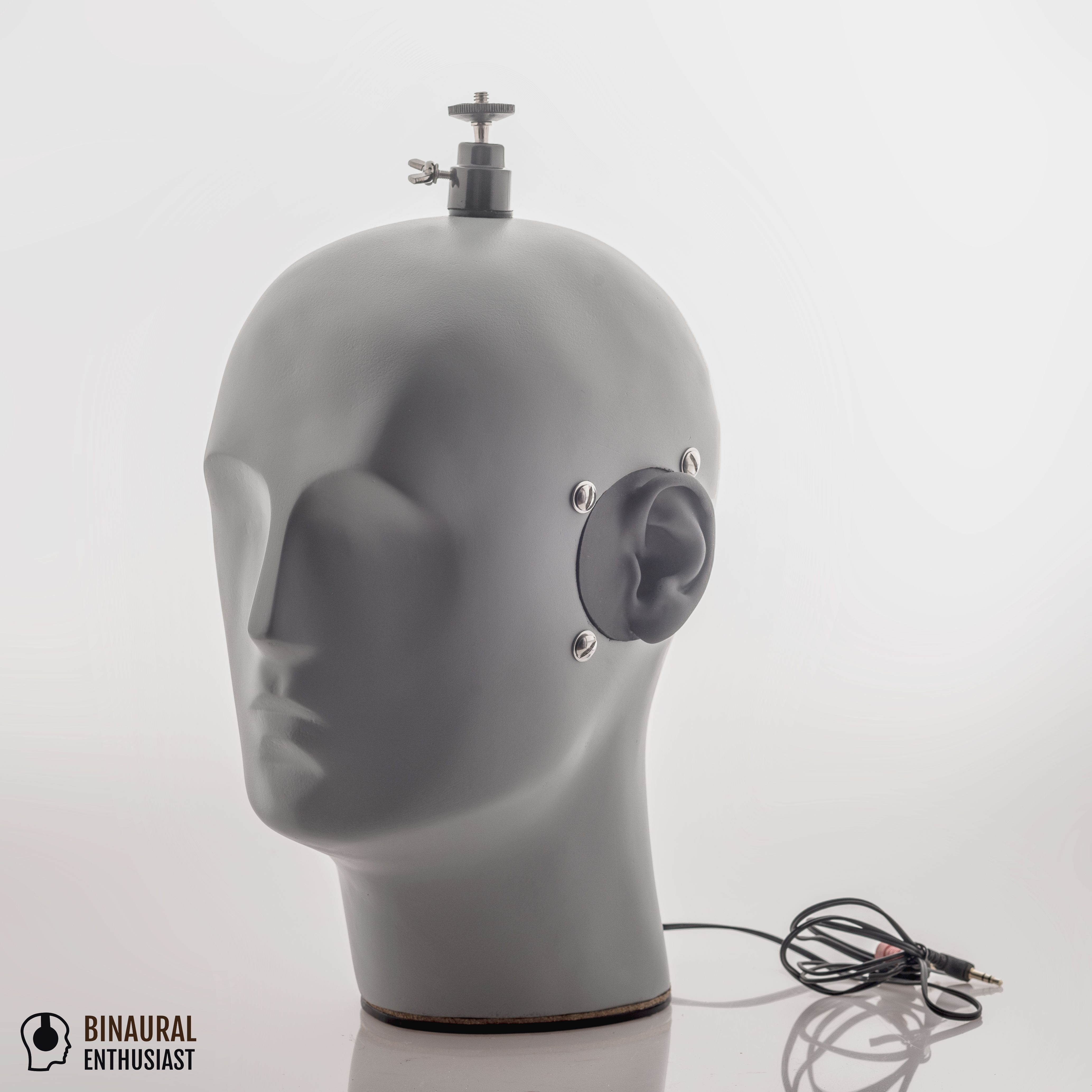

Imagine, for example, that a percipient holds in their hands a replica of a particular artifact. It focuses on the creation of soundscapes in which pre-recorded or simulated sounds of the artifact’s composite materials (i.e., canvas, wood, paper, metal, stone, etc.), the tools and processes used by the artist in making the artifact (pencils, brushes, knives, hammers and chisels, fire, water, steam, etc.), and the surrounding sonic environment within which the artifact was created all serve as the principle sonic materials.Īugmentations may be presented as pre-recorded soundtracks or-if you have the time and materials-as interactive, exploratory experiences.

I tend to think of this approach as less concerned with framing the artifact with narratives and more concerned with evoking aspects of the artifact’s materials, production methods and environmental surroundings through sound. A familiar example of this can be found in many art museums in the form of hand-held audio guides that patrons can listen to while moving through the gallery. They could include recordings of the artists themselves discussing their work or other voices reading writings by or about the artists, discussing aspects of the artifact’s historical, cultural, social, economic or political significance.Īs such, they may be thought of as the auditory equivalent of a display case or picture frame which surrounds the artifact with (what might be called) contextual narratives and/or third-party interpretations.

Sonic Accompaniments (‘Framings’)Īccompaniments can convey aspects of an artifact’s history, cultural contexts and the circumstances surrounding its creation and presentation through sound. Just as the process of composing a piece of music can be thought of a process of structuring someone’s experience of sound through time, the process of designing an auditory component for an artifact may be thought of as a process of structuring someone’s experience of an artifact through time. ‘perception’ + ‘recipient’ = ‘percipient’ Why sound?įor visually impaired percipients, sound is one of several alternative perceptual modes through which an artifact may be experienced.įor both the visually impaired and the visually enabled, the addition of sound can serve to lengthen the duration of perceptual engagement with an artifact.


 0 kommentar(er)
0 kommentar(er)
